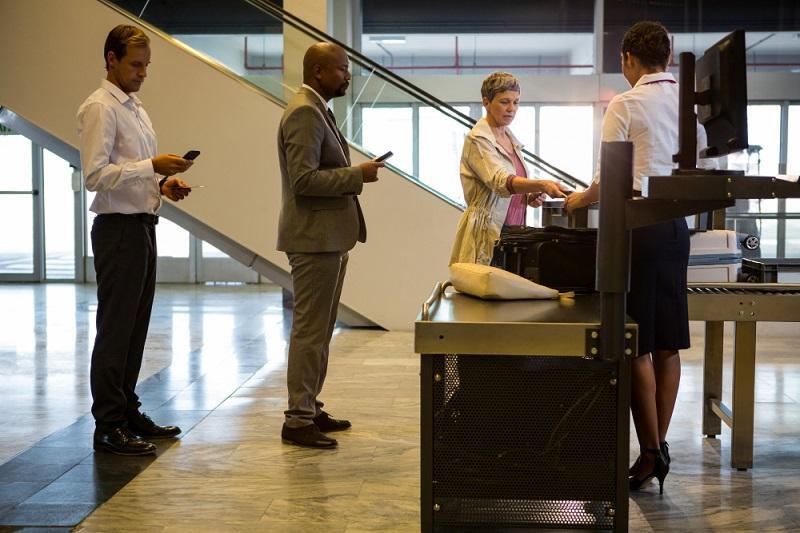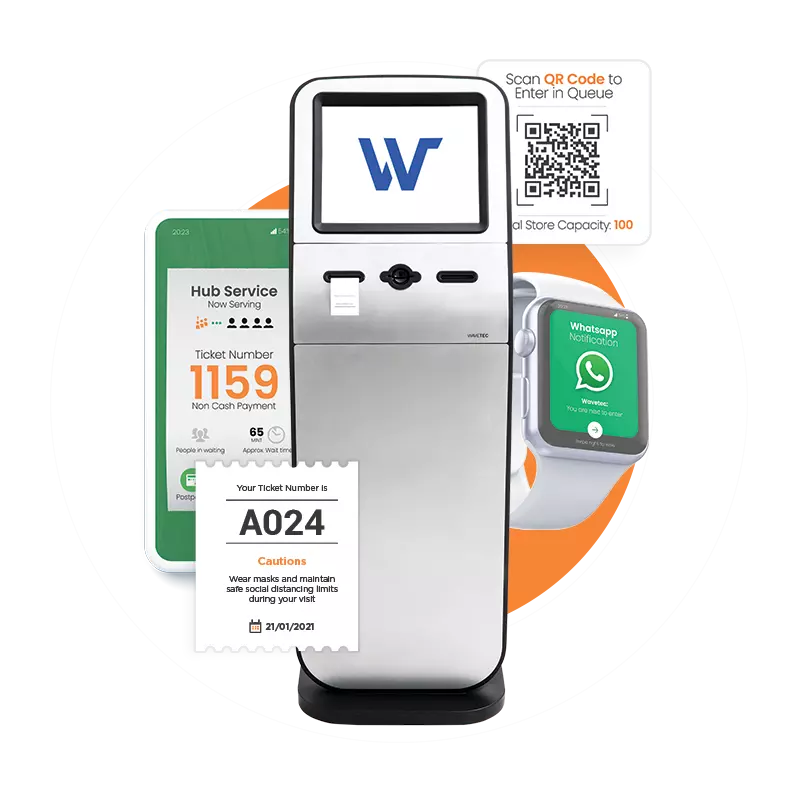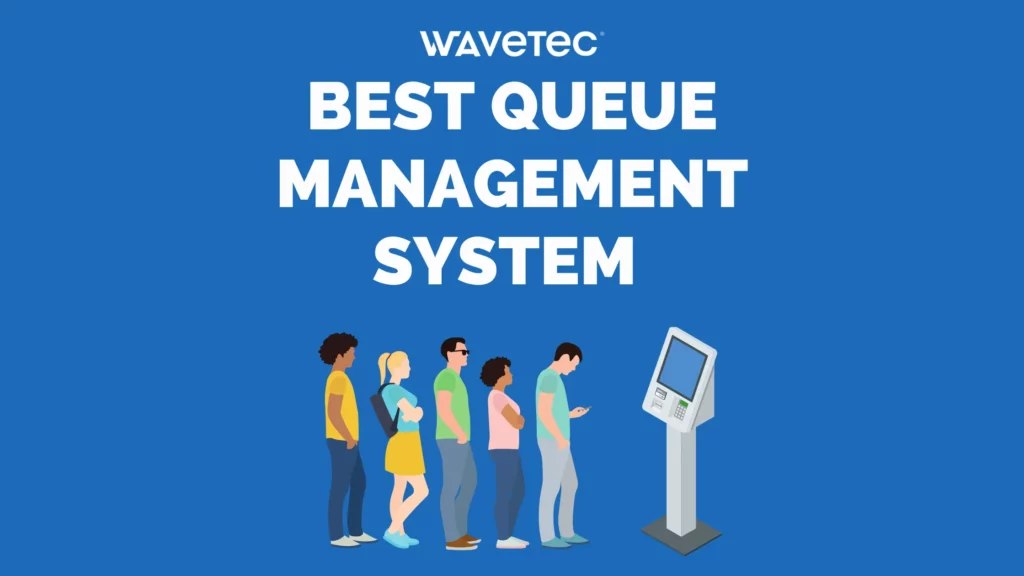In business operations, effective Queue Flow Management holds the utmost importance. It involves strategically arranging customer queues to ensure speedy and efficient service delivery.
This article is tailored for business owners who understand the significance of streamlined operations and need to bank on the advantages they bring in.
We will look into practical strategies that can be readily implemented. These approaches not only reduce wait times but also enhance customer satisfaction.
Additionally, we will explore the pivotal role of technology in modernizing effective queue flow management. Innovative tools and systems are reshaping this essential aspect of customer service, making it more efficient and customer-centric.
By incorporating these strategies and leveraging technology, business owners can elevate their operations, resulting in improved customer experiences and tremendous success in their ventures.
Embracing these practices demonstrates a commitment to excellence in service delivery and sets the foundation for long-term business growth.
Strategies for Effective Queue Flow Management

As we explore queue flow management, we’ll uncover various strategies to streamline operations and enhance customer satisfaction. These actionable techniques have proven instrumental in various industries, providing a foundation for seamless service delivery.
Let’s navigate through these practical approaches, ensuring your business has the tools to excel in customer flow management.
1. Queue Design and Layout
Setting up queues matters as an agenda point for a better understanding of customer flow management. An intelligent layout helps people move smoothly and avoids crowding. This is key for keeping customers happy and operations running smoothly.
Physical Layout Optimization
Efficient physical layouts are essential for a seamless customer flow. Strategic placement of service points and waiting areas can significantly reduce congestion and enhance service efficiency.
Thoughtful design ensures customers quickly move through the queueing process, ultimately leading to higher satisfaction.
Digital Queue Solutions
Regarding queue flow management, various digital tools are at our disposal. Mobile apps for appointments, self-check-in kiosks, and SMS notifications contribute to a smoother queue experience. However, it’s virtual queueing technology that genuinely revolutionizes the waiting process.
Allowing customers to join a queue digitally and providing real-time updates significantly reduces wait times and enhances overall satisfaction. This forward-thinking approach is instrumental in optimizing operational efficiency and elevating the customer experience.
2. Queue Analysis and Monitoring
Understanding and evaluating queue performance is vital when discussing effective queue flow management. This process, called Queue Analysis and Monitoring, involves carefully examining crucial metrics and real-time tracking.
Queue Metrics
One aspect of this practice involves the study of Queue Metrics, which are key indicators of how efficiently queues operate. Metrics like wait times, service rates, and customer arrival patterns provide valuable insights. Businesses can make informed decisions to enhance customer satisfaction by analyzing these figures.
Real-time Monitoring
Real-time Monitoring is another vital component. This involves keeping a close eye on queues as they unfold.
With the help of technology and business analytics, businesses can track queues in real-time, allowing for prompt adjustments and optimizations. This proactive approach ensures that queues are managed effectively and that customers experience minimal wait times.
3. Queue Prioritization
Regarding effective queue flow management, prioritizing specific customers can significantly enhance the overall experience. This practice, called Queue Prioritization, involves special attention to specific groups.
VIP and Priority Queues
One way to implement this strategy is by establishing VIP and Priority Queues. These specialized queues cater to high-value customers or those with urgent needs. By offering expedited service, businesses can strengthen customer relationships and demonstrate a commitment to exceptional service.
Fair Queueing Algorithms
However, it’s equally important to maintain fairness. Fair Queueing Algorithms ensure that all customers receive equitable treatment.
These algorithms distribute resources evenly, preventing one group from monopolizing the queue. Striking a balance between prioritization and fairness is crucial for creating an inclusive and efficient queuing system.
4. Queue Staffing and Training
Having a well-trained and appropriately allocated staff is pivotal in queue flow management. This practice, Queue Staffing and Training, focuses on optimizing personnel resources.
Staff Allocation
Efficient Staff Allocation is vital to ensuring queues run smoothly. It involves assigning the correct number of staff members with the appropriate skills to manage customer flow effectively.
By matching staffing levels with demand, businesses can minimize wait times and provide prompt service that aligns with customer expectations.
Customer Service Training
Equally important is investing in Customer Service Training. Well-trained staff can handle customer interactions professionally and efficiently, creating a positive experience.
This training also emphasizes the importance of gathering customer feedback, a valuable tool for continuous improvement.
By actively listening to customer input, businesses can make informed decisions to refine their queuing processes and enhance overall service quality.
Technology in Queue Flow Management

Technology is a transformative force in the ever-evolving scene of effective queue flow management. Businesses now have various technological solutions, from virtual queuing systems to sophisticated analytics tools.
These innovations streamline operations and empower businesses to deliver seamless and satisfying customer experiences.
1. Queue Management Systems (QMS)
Queue Management Systems (QMS) emerge as a cornerstone technology when exploring queue flow management. They offer a comprehensive solution to optimize customer flow and enhance operational efficiency.
Features
- Intuitive Interfaces: User-friendly interfaces make navigation seamless for both staff and customers.
- Customizable Queues: Tailor queues to specific needs, ensuring a personalized customer experience.
- Real-time Notifications: Keep customers informed of their queue status, reducing perceived wait times.
- Powerful Analytics: Gather valuable customer experience data for informed decision-making and continuous improvement.
Benefits
- Enhanced Efficiency: QMS streamlines operations, reducing bottlenecks and wait times.
- Improved Service Quality: Data-driven insights enable businesses to refine processes and enhance customer satisfaction.
- Greater Staff Productivity: Staff can focus on high-value tasks, leading to increased productivity and customer engagement.
Implementation Process
- Needs Assessment: Begin with a comprehensive evaluation of specific business requirements.
- Installation and Customization: Configure the QMS to align with identified needs and workflow.
- Staff Training: Ensure all team members are proficiently utilizing the system effectively.
- Monitoring and Adjustments: Regularly review system performance and refine to maximize benefits.
By embracing Queue Management Systems, businesses can create a seamless customer experience, foster operational efficiency, and ultimately elevate their service quality.
2. Mobile Apps and Self-Service Kiosks
Incorporating mobile apps and self-service kiosks is a strategic move in modern queue flow management. These technological solutions empower customers to take control of their experience.
Mobile Apps
- Convenient Access: Customers can join queues, receive updates, and even make appointments from their mobile devices.
- Real-time Information: Instant notifications inform customers about their queue status, reducing perceived wait times.
- Personalization: Customizable preferences enable tailored experiences, enhancing overall satisfaction.
Self-Service Kiosks
- Efficient Check-in: Customers can independently join queues, minimizing reliance on staff.
- Streamlined Processes: Kiosks expedite routine tasks like ticketing and check-ins, reducing congestion.
- Enhanced Customer Empowerment: Self-service options empower customers, leading to a smoother flow and improved satisfaction.
By leveraging these technologies, businesses enhance customer experience and optimize operational efficiency, making the queuing process more seamless and satisfying for everyone involved.
3. Data Analytics and AI in Queue Flow Optimization
Leveraging advanced data analytics and artificial intelligence (AI) is a game-changer in ineffective queue flow management. These technologies offer invaluable insights into customer behavior, enabling businesses to make data-driven decisions.
AI algorithms can predict and dynamically adjust queue lengths, minimizing wait times. Furthermore, analytics uncover patterns, allowing for strategic resource allocation.
By harnessing the power of AI and data analytics, businesses can streamline operations and deliver a personalized, efficient, and, ultimately, more satisfying customer experience. This technological integration marks a significant leap in present queue flow optimization.
Case Studies
1. Thrive Dispensaries: Queue Management Success
Wavetec’s Queue Management Solution revolutionized operations at Thrive Dispensaries, part of MariMed, enhancing customer experiences and operational efficiency.
By seamlessly integrating with Thrive’s existing POS system, Wavetec minimized wait times and improved staff productivity. THE SYSTEM ENSURED CLEAR COMMUNICATION AND STREAMLINED CUSTOMER FLOW through LCD Customer Display Units, Donatello Digital Signage, and API Integration.
This tailored approach transformed the customer journey, resolving the initial challenges of long wait times and lack of clarity. The result? Thrive Dispensaries now provide efficient, personalized service, positively impacting customer satisfaction and MariMed’s operational success.
2. Revolutionizing Customer Experience at Al Rajhi Takaful
Al-Rajhi Takaful, a prominent insurance company in Saudi Arabia, partnered with Wavetec to enhance customer service and streamline branch workflows.
Implementing Wavetec’s advanced virtual queue management system across five significant branches, waiting times were drastically reduced, resulting in a 70% decline.
The solution also included a feedback system, mobile appointment booking, and real-time reporting. This transformation led to shorter queues, increased staff productivity, and significantly heightened customer satisfaction, substantially improving Al Rajhi Group’s operations.
Closing Remarks
In short, queue flow management is a cornerstone in modern customer-centric operations. The strategies discussed, from physical layout optimization to digital queue solutions, highlight the diverse approaches available.
Embracing technology like virtual queuing and real-time monitoring brings a new efficiency level. This, combined with staff training and data-driven insights, ensures a seamless customer journey.
As seen in various successful implementations, these strategies lead to shorter wait times, improved staff productivity, and, ultimately, elevated customer satisfaction.
Implementing these practices is a testament to the commitment to providing exceptional service and enhancing overall business performance.
BOOK A FREE DEMO





